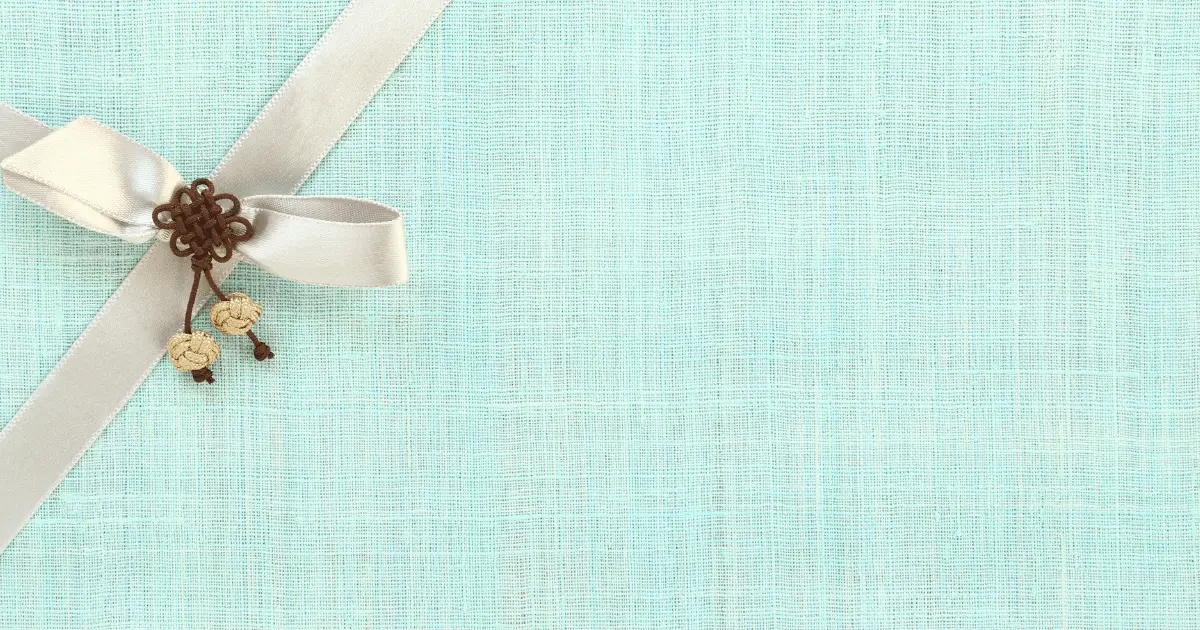Ramie fabric (also known as Grasscloth, Grass line, and China linen) is a natural textile made from the ramie plant’s bast fiber. It is a rare fabric alternative with enormous promise for interior design and apparel manufacturing. Ramie is one of those interesting fabric types that leaves an impression on you; let me tell you more about it.
Properties of Ramie Fabric

Let’s examine some of the key properties of ramie fabric:
1. Appearance
What springs to mind when you think about a natural, airy fabric? While many will immediately think of linen, ramie fabric has all those qualities. The material looks naturally white, is breathable, and does not itch like pure wool. Ramie fabric is tiny and resembles hemp and jute.
2. Texture
Cotton cannot compare to ramie’s strength, and it maintains its toughness even when wet. You can wash, wring out, and dry it on a clothesline without harming or causing it to lose shape. In fact, washing ramie causes it to become more shiny and lustrous.
Ramie fabric is absorbent and becomes even more durable when damp. With its durability, it is better suited for use in heavy-duty textile applications. Ramie is nearly six times more durable than cotton and twice as durable as flax.
3. Maintenance Needs
Ramie is easy to clean, has built-in stain resistance, and dries quickly. The cloth is not likely to shrink and can maintain shape even after use and washing.
Ramie fabric is one of the natural fibers resistant to mildew and attacks from bacteria and other microorganisms. The fiber is unaffected by light, rot, and insects. It is one of the few natural fibers that can withstand microbes such as mildew. Light, rot, and insects have little or no effect on the fiber.
How is Ramie Fabric Produced?
The white and green ramie fibers come from the Boehmeria nivea and utilis plants. These plants thrive in China and Malaysia, where they have historically been used to produce clothing.
Ramie possesses cellulose fiber, acquired through a procedure known as decortication.
The bark is used to make fiber, its cellulose is used to make fine paper, and its leaves are used to feed livestock. Since none of the raw materials are wasted during harvest, it is a fabric that is environmentally sustainable.
Rami fabric processing is difficult and time-consuming, making it unpopular in the textile industry outside East Asia. It’s expensive to extract and clean the fiber and separate it from the adhesive gums and resins in the plant. Additionally, its hairy yarn surface, low elasticity, and brittleness further complicate manufacturing.
Why Pick Ramie Fabric?

Below are some reasons why a Ramie might be the right choice for you:
- Ramie is a stain-resistant fabric, making it great for outdoor workers or manual laborers.
- The ramie fiber is renowned for its capacity to maintain form and lessen wrinkle character. With repeated washings, it gets smoother and glossier and dries rapidly.
- It can endure hot temperatures while you launder it. Therefore, it is perfect for items like pillowcases, curtains, absorbent day towels, and other goods you want to wash in high temperatures.
- Ramie fabrics make excellent choices for summertime casual wear like slacks, skirts, dresses, tunics, and skirts.
- The material has an exquisite silk sheen.
- Ramie dye takes any cotton dye very well, making it simple to color at home.
Ramie Fabric Cost
The tough manufacturing process of ramie fabric makes it quite expensive. The fabric’s price is also influenced by the cultivation and harvest seasons. While prices will vary based on the manufacturer, ramie costs more than cotton or linen.
Ramie fabric’s high price will probably reduce soon as the fashion industry’s renewed interest in natural fibers grows. Some manufacturers are already finding mechanized methods to ease the fabric’s production.
Ramie Fabric Maintenace Tip
While ramie fabric is notoriously durable, proper maintenance will help your cloth last longer. Let me share some maintenance tips for your ramie clothes.
- Ramie clothing is often combined with other fabrics, and different items will have specific instructions. Always follow the care instructions on your clothing’s care label.
- Generally, it is best to hand wash or gently cycle machine wash your ramie fabric.
- Wash your ramie fabric with ordinary detergent, not bleach.
- You can safely wash your ramie fabric with water above 70°C without any risk of damaging it.
- You can avoid fiber breakage by not ironing sharp creases into the fabric.
- Hang your ramie clothes when storing them rather than folding them. The fabric gets stiff and will break up if you continue folding it in the same direction. This brittleness is a result of the fiber molecules’ extreme crystallinity.
